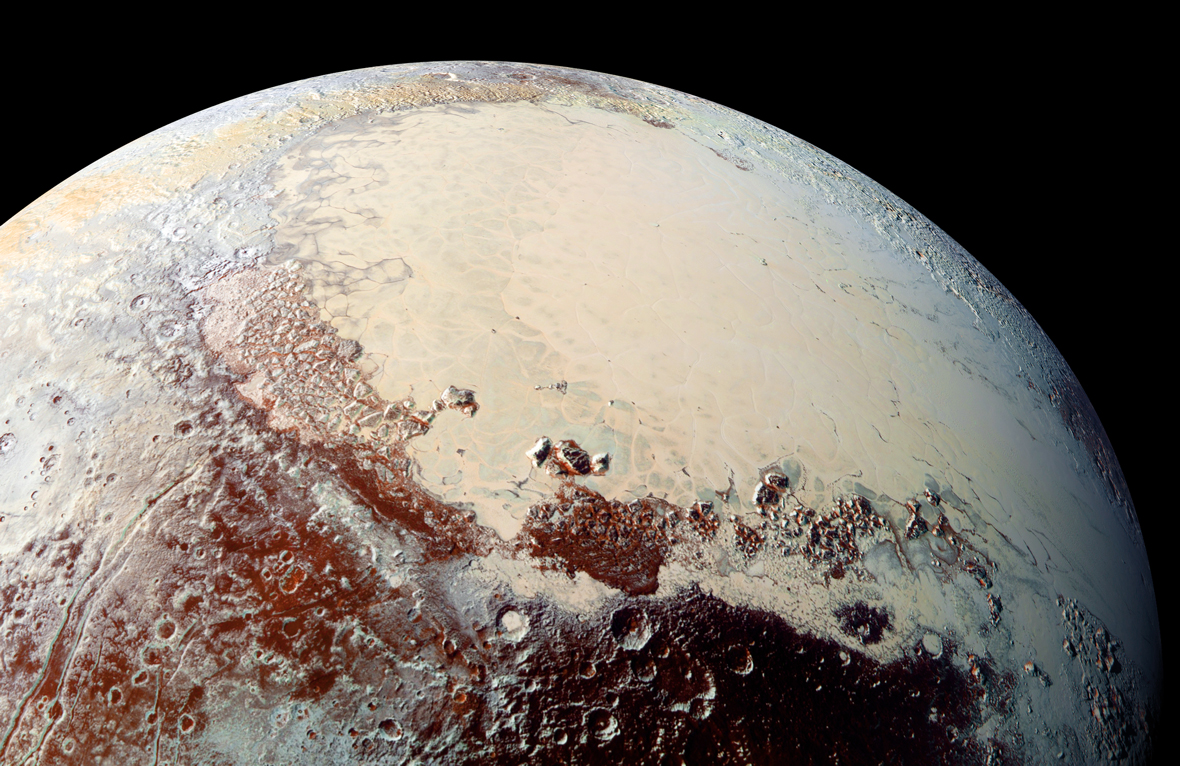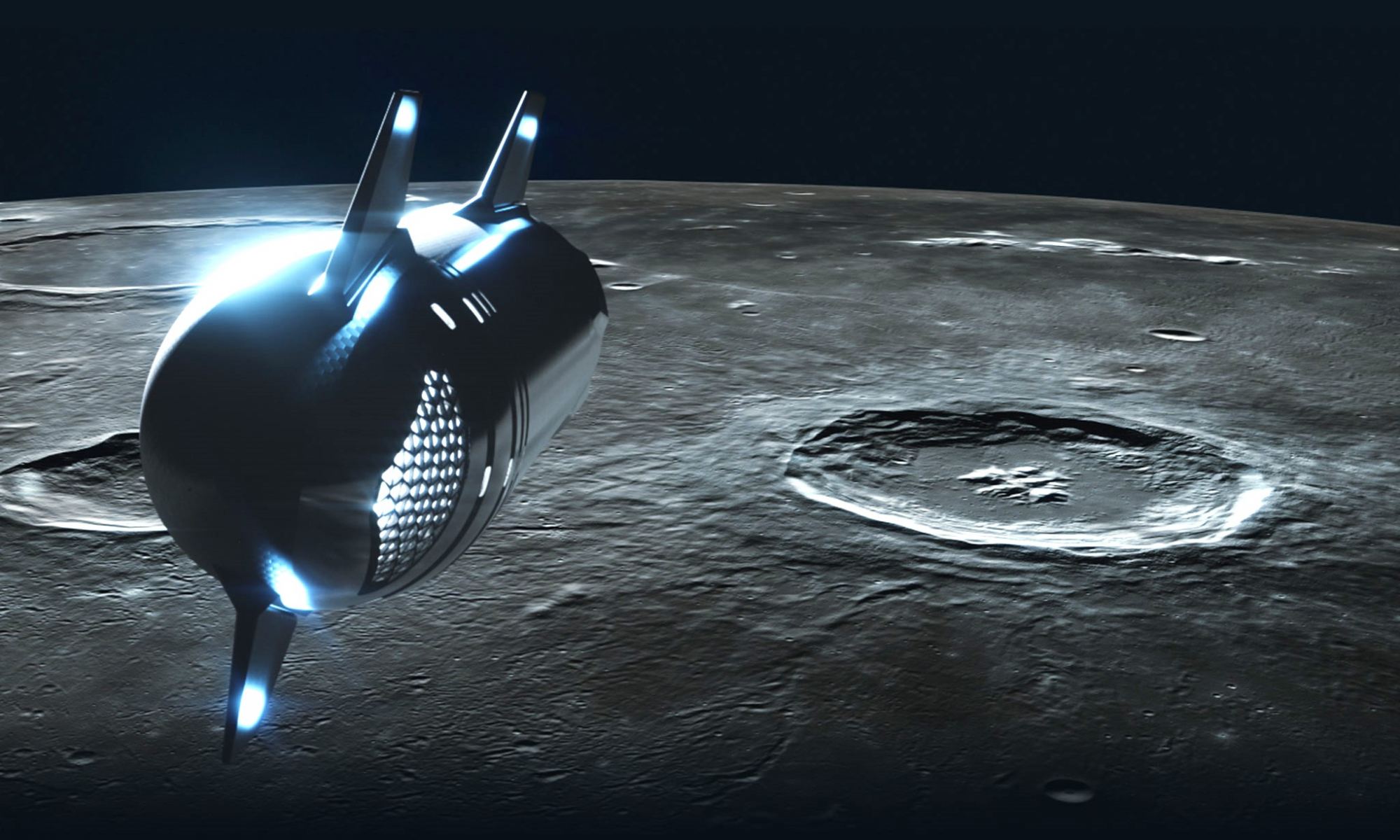There was a time when maps of the Moon were created from telescopic observations and drawings. Indeed Sir Patrick Moore created maps of the Moon that were used during the historic Apollo landings. Now researchers have enhanced a technique to create accurate maps from existing satellite images. Their approach uses a technique called ‘shape-from-shading’ and involves analyzing shadows to estimate the features and shape of the terrain. Future lunar missions will be able to use the maps to identify hazards on the surface making them far safer.
Continue reading “A New Way to Make Precise Maps of the Lunar Surface”Japanese Billionaire Calls Off His Starship Trip Around the Moon
Six years after he announced a grand plan to fly around the moon with a crew of artists in SpaceX’s Starship rocket, Japanese billionaire Yusaku Maezawa said he was canceling the project due to delays in Starship’s development.
In a series of postings to the X social-media platform, Maezawa said he signed his contract with SpaceX “based on the assumption that dearMoon would launch by the end of 2023.”
“It’s a developmental project, so it is what it is, but it is still uncertain as to when Starship can launch,” he wrote. “I can’t plan my future in this situation, and I feel terrible making the crew members wait longer, hence the difficult decision to cancel at this point in time. I apologize to those who were excited for this project to happen.”
Continue reading “Japanese Billionaire Calls Off His Starship Trip Around the Moon”Planetary Protection: Why study it? What can it teach us about finding life beyond Earth?
Universe Today has recently investigated a plethora of scientific disciplines, including impact craters, planetary surfaces, exoplanets, astrobiology, solar physics, comets, planetary atmospheres, planetary geophysics, cosmochemistry, meteorites, radio astronomy, extremophiles, organic chemistry, black holes, and cryovolcanism, while conveying their importance of how each of them continues to teach researchers and the public about our place in the vast universe.
Continue reading “Planetary Protection: Why study it? What can it teach us about finding life beyond Earth?”New Telescope Images of Io are so Good, it Looks like a Spacecraft Took Them
The Large Binocular Telescope (LBT), located on Mount Graham in Arizona and run by the University of Arizona, is part of the next generation of extremely large telescopes (ELTs). With two primary mirrors measuring 8.4 m (~27.5 ft), it has a collecting area slightly greater than that of a 30-meter (98.4 ft) telescope. With their resolution, adaptive optics, and sophisticated instruments, these telescopes are expected to probe deeper into the Universe and provide stunning images of everything from distant galaxies to objects in our Solar System.
An international team led by the University of Arizona recently acquired images of Jupiter’s moon Io that were the highest-resolution pictures ever taken by a ground-based telescope. The images revealed surface features measuring just 80 km (50 mi) across, a spatial resolution previously reserved for spacecraft. This includes NASA’s Juno mission, which has captured some of the most stunning images of Io’s volcanoes. These images were made possible by the LBT’s new SHARK-VIS instrument and the telescope’s adaptive optics system.
Continue reading “New Telescope Images of Io are so Good, it Looks like a Spacecraft Took Them”South Korea is Planning to Send a Mission to Mars by 2045
It is truly wonderful to see so many nations aspiring to space exploration and trips to the Moon. Earlier this week on the 27th May, South Korea innaugurated its new space agency, the Korea AeroSpace Administration otherwise known as KASA. The group is headed up by former professor of aerospace engineering Yoon Young-bin. Whilst the group has yet to announce detailed plans for their upcoming missions Young-bin has stated they hope to land on the Moon by 2032 and to get to Mars by 2045.
Continue reading “South Korea is Planning to Send a Mission to Mars by 2045”A New Deep Learning Algorithm Can Find Earth 2.0

How can machine learning help astronomers find Earth-like exoplanets? This is what a recently accepted study to Astronomy & Astrophysics hopes to address as a team of international researchers investigated how a novel neural network-based algorithm could be used to detect Earth-like exoplanets using data from the radial velocity (RV) detection method. This study holds the potential to help astronomers develop more efficient methods in detecting Earth-like exoplanets, which are traditionally difficult to identify within RV data due to intense stellar activity from the host star.
Continue reading “A New Deep Learning Algorithm Can Find Earth 2.0”Cryovolcanism: Why study it? What can it teach us about finding life beyond Earth?

Universe Today has had the privilege of spending the last several months venturing into a multitude of scientific disciplines, including impact craters, planetary surfaces, exoplanets, astrobiology, solar physics, comets, planetary atmospheres, planetary geophysics, cosmochemistry, meteorites, radio astronomy, extremophiles, organic chemistry, and black holes, and their importance in helping teach scientists and the public about our place in the cosmos.
Continue reading “Cryovolcanism: Why study it? What can it teach us about finding life beyond Earth?”Io Has Been Volcanically Active for its Entire History

Jupiter’s moon Io is a volcanic powerhouse. It’s the most geologically active world in the Solar System, sporting more than 400 spouting volcanoes and vents on its surface. Has it always been this way? A team of planetary scientists says yes, and they have the chemical receipts to prove it.
Continue reading “Io Has Been Volcanically Active for its Entire History”Webb Finds the Farthest Galaxy Ever Seen (So Far)
There are some things that never cease to amaze me and the discovery of distant objects is one of them. The James Webb Space Telescope has just found the most distant galaxy ever observed! It has the catchy title JADES-GS-z14-0 and it has a redshift of 14.32. This means its light left when the Universe was only 290 million years old! That means the light left the source LOOOONG before even our Milky Way was here! How amazing is that!
Continue reading “Webb Finds the Farthest Galaxy Ever Seen (So Far)”Pluto Has an Ocean of Liquid Water Surrounded by a 40-80 km Ice Shell

On July 14th, 2015, the New Horizons spacecraft conducted the first-ever flyby of Pluto, which once was (and to many, still is) the ninth planet of the Solar System. While the encounter was brief, the stunning images and volumes of data it obtained revealed a stunningly vibrant and dynamic world. In addition to Pluto’s heart, floating ice hills, nitrogen icebergs, and nitrogen winds, the New Horizons data also hinted at the existence of an ocean beneath Pluto’s icy crust. This effectively made Pluto (and its largest moon, Charon) members of the “Ocean Worlds” club.
Almost a decade after that historic encounter, scientists are still making discoveries from New Horizons data. In a new paper, planetary scientists Alex Nguyen and Dr. Patrick McGovern used mathematical models and images to learn more about the possible ocean between Pluto’s icy surface and its silicate and metallic core. According to their analysis, they determined that Pluto’s ocean is located beneath a surface shell measuring 40 to 80 km (25 to 50 mi), an insulating layer thick enough to ensure that an interior ocean remains liquid.
Continue reading “Pluto Has an Ocean of Liquid Water Surrounded by a 40-80 km Ice Shell”





